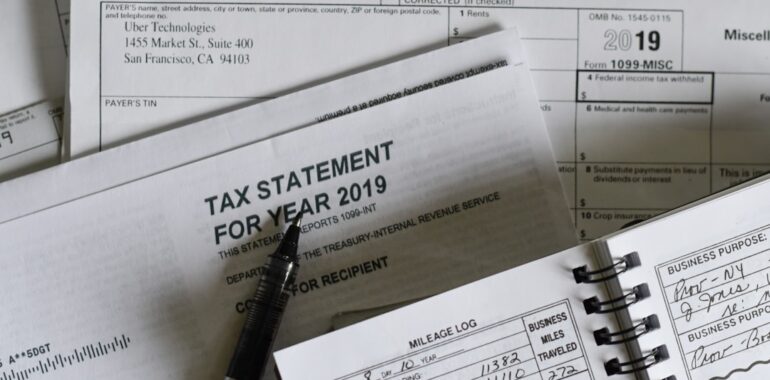7 Tax-Efficient Investing Strategies to Minimize Your Tax Liabilities

Discover seven effective tax-efficient investing strategies to legally reduce and defer taxes, maximizing your investment gains and profits.
Meta Description: Learn seven effective tax-efficient investing strategies to legally reduce and defer taxes, maximizing your investment gains and profits.
Introduction
Investing is a powerful tool for building wealth, but taxes can significantly erode your investment returns. Effective tax planning for investors ensures that you keep more of your hard-earned money working for you. In this article, we explore seven tax-efficient investing strategies designed to help you minimize your tax liabilities while maximizing your investment gains.
1. Practice Buy-and-Hold Investing
Adopting a buy-and-hold strategy allows you to defer capital gains taxes until you sell an investment. By holding onto your investments long-term, you not only potentially increase your returns but also benefit from lower long-term capital gains tax rates. This approach aligns with maximizing investment returns through patience and strategic holding periods.
2. Open an Individual Retirement Account (IRA)
Opening an IRA is a fundamental strategy for tax planning for investors. A Traditional IRA lets you invest on a pre-tax basis, reducing your taxable income now and deferring taxes until retirement. Conversely, a Roth IRA involves after-tax contributions, allowing your investments to grow tax-free and withdrawals to be tax-free in retirement. Carefully choosing between these options based on your financial situation can optimize your tax efficiency.
3. Contribute to a 401(k) Plan
Maximizing contributions to your employer-sponsored 401(k) plan offers substantial tax benefits. Traditional 401(k) contributions are made pre-tax, lowering your current taxable income and deferring taxes on investment growth. Roth 401(k) contributions, while taxed upfront, allow for tax-free growth and withdrawals. Utilizing employer matches can further enhance your retirement savings while ensuring tax-efficient growth.
4. Take Advantage of Tax-Loss Harvesting
Tax-loss harvesting involves selling investments at a loss to offset capital gains from other investments. This strategy reduces your overall taxable income by balancing gains and losses. By strategically harvesting losses, you can minimize your tax liability and enhance your portfolio’s after-tax performance.
5. Consider Asset Location
Strategic asset location places investments in the most tax-advantaged accounts. High-yield, dividend-paying stocks may be better suited for IRAs or 401(k) plans, where dividends can grow tax-deferred or tax-free. Meanwhile, assets with lower yields or that generate long-term capital gains can be held in taxable accounts, optimizing your overall tax efficiency.
6. Utilize the 1031 Exchange for Real Estate
For real estate investors, the 1031 exchange allows the deferment of capital gains taxes when selling a property by reinvesting the proceeds into a similar property. This strategy not only defers taxes but also enables continuous investment growth without the immediate tax burden, enhancing your long-term investment strategy.
7. Leverage Lower Long-Term Capital Gains Rates
Long-term capital gains are taxed at lower rates compared to ordinary income. By holding investments for over a year, you can benefit from reduced tax rates on your profits. Understanding and utilizing these lower rates as part of your investment strategy can significantly decrease your tax liabilities.
Conclusion
Effective tax planning for investors involves a combination of strategies tailored to your financial goals and investment portfolio. By implementing these seven tax-efficient investing strategies, you can legally reduce and defer taxes, ensuring that more of your investment gains contribute to your financial growth.
Discover more tax-efficient investment opportunities with Oriel IPO




